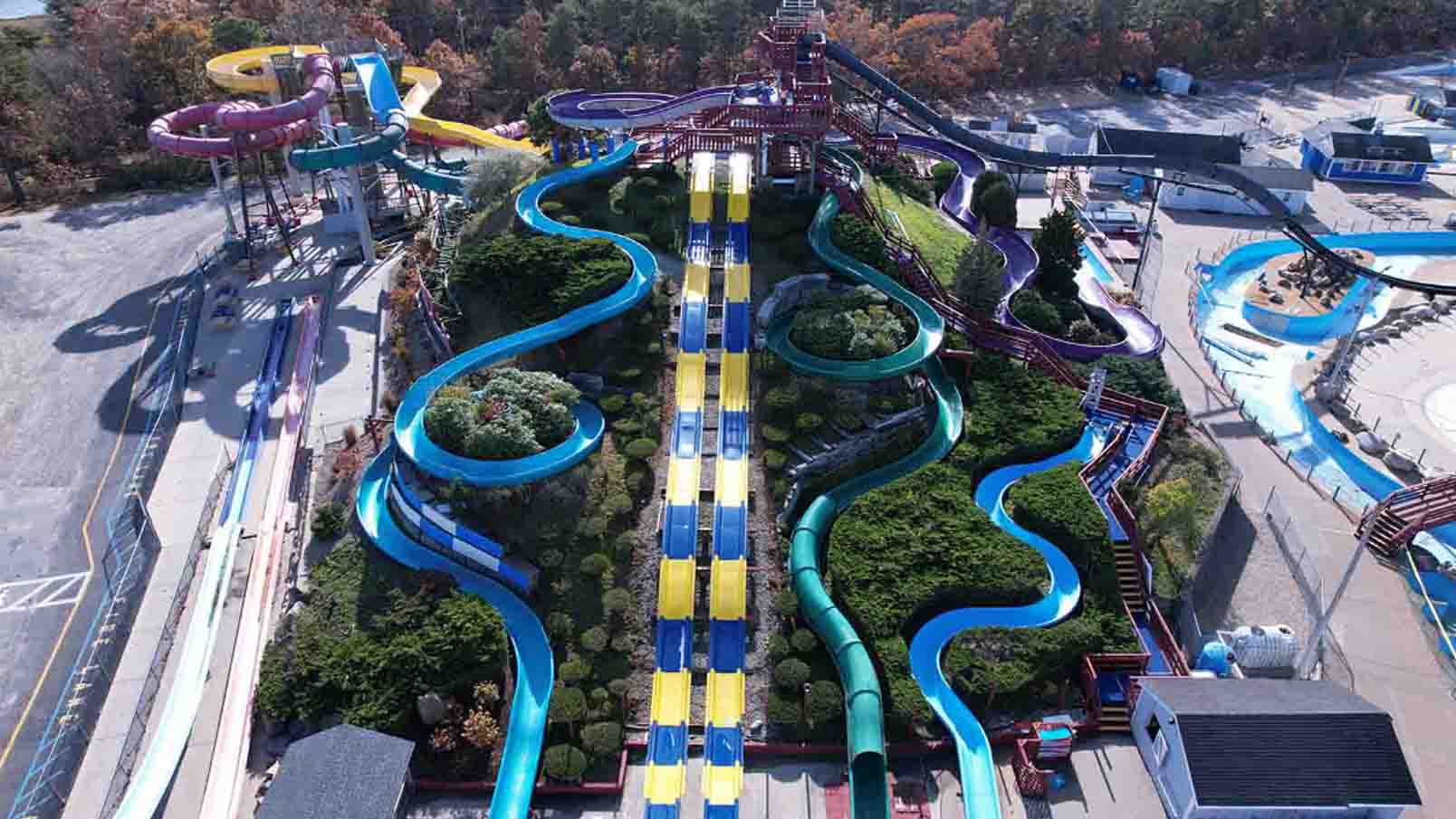Water Wizz Photos: Your Ultimate Guide To Capturing Splashy Memories
Hey there, water enthusiasts! Ever wondered how to make your water adventures look absolutely stunning in photos? Welcome to the world of water wizz photos, where every splash, every droplet, and every ripple can transform into a masterpiece. Whether you're a beginner or a seasoned photographer, this guide will take you through the ins and outs of capturing water moments like a pro.
Let's face it—water photography is not just about pointing your camera at a pool or a waterfall. It's about freezing those magical moments when water interacts with light, motion, and even people. In today's digital age, having a killer water photo can set you apart, whether you're sharing it on social media or using it for professional purposes. And that's where water wizz photos come in, giving you the tools and tips you need to make your images pop.
But why stop at just taking pictures? With water wizz photos, you'll learn the tricks of the trade, from mastering shutter speed to choosing the right gear. So, buckle up because we're diving deep into the art of water photography. By the end of this article, you'll be ready to create images that will leave your friends and followers in awe!
Read also:Amber Abara Bikini The Ultimate Guide To Style Controversy And Influence
Table of Contents
- What is Water Wizz Photos?
- Why Water Photography Matters
- The Right Gear for Water Wizz Photos
- Mastering Camera Settings
- Composition Tips for Stunning Shots
- Lighting Techniques for Water Photography
- Types of Water Wizz Photos
- Post-Processing for Enhanced Results
- Safety Tips for Water Photography
- Conclusion: Take the Plunge with Water Wizz Photos
What is Water Wizz Photos?
Alright, let's start with the basics. Water wizz photos are essentially images that capture the essence of water in all its forms. From the glistening drops on a flower petal to the grandeur of ocean waves, water photography is all about bringing out the beauty and drama of water. It's not just about freezing time; it's about telling a story through every frame.
Now, you might be wondering what makes water wizz photos so special. Well, it's the way they transform ordinary scenes into extraordinary visuals. Think about it—when you see a photo of a water droplet frozen mid-air or a perfectly smooth reflection on a lake, it's hard not to be impressed. These photos have a way of captivating the viewer and making them feel like they're part of the scene.
But here's the thing—water photography isn't just for professionals. With the right techniques and a bit of practice, anyone can create water wizz photos that stand out. And that's exactly what we'll be diving into next.
Why Water Photography Matters
So, why should you care about water photography? In today's visually-driven world, having a strong portfolio of water wizz photos can open up a world of opportunities. Whether you're a hobbyist looking to enhance your social media presence or a professional aiming to expand your client base, water photography has something to offer everyone.
Water photography also has a therapeutic effect. There's something about capturing the movement and tranquility of water that can be incredibly calming. It's like a meditation for your creative soul. Plus, water is everywhere—lakes, rivers, oceans, even your backyard pool. So, you don't have to travel far to find your next water wizz photo opportunity.
Benefits of Water Wizz Photos
- Boosts your creativity and photography skills
- Enhances your social media presence
- Provides a unique perspective on nature
- Can lead to lucrative opportunities in stock photography
The Right Gear for Water Wizz Photos
Now, let's talk about the gear you'll need to create those jaw-dropping water wizz photos. While you don't need the most expensive equipment, having the right tools can make a huge difference in the quality of your images.
Read also:Davidson River Outfitters Your Ultimate Adventure Awaits
Essential Equipment
- Camera: A DSLR or mirrorless camera is ideal, but even a high-end smartphone can produce great results with the right settings.
- Lens: Consider using a macro lens for close-up shots of water droplets or a wide-angle lens for capturing expansive water bodies.
- Waterproof Housing: If you're planning to take photos near or in water, investing in a waterproof housing can save your gear from damage.
- Tripod: Essential for long exposure shots and ensuring your camera stays steady.
Remember, it's not just about the gear—it's about how you use it. Even with basic equipment, you can create stunning water wizz photos if you know the right techniques.
Mastering Camera Settings
Alright, let's get technical. Understanding your camera settings is crucial for capturing those perfect water wizz photos. Here are some key settings to focus on:
Shutter Speed
Shutter speed is your best friend when it comes to water photography. A fast shutter speed can freeze water droplets in mid-air, creating a sense of motion. On the other hand, a slow shutter speed can create that silky-smooth effect on waterfalls or rivers. Experiment with different speeds to see what works best for your shot.
Aperture
Aperture controls the depth of field in your images. For water wizz photos, you might want to use a smaller aperture (higher f-stop number) to keep everything in focus, especially for landscape shots. But for close-ups, a larger aperture (lower f-stop number) can create a beautiful bokeh effect.
ISO
ISO determines how sensitive your camera is to light. For water photography, try to keep your ISO as low as possible to reduce noise in your images. However, if you're shooting in low light, you might need to bump it up a bit.
Composition Tips for Stunning Shots
Composition is key when it comes to water wizz photos. Here are some tips to help you create visually appealing images:
- Use the rule of thirds to balance your composition.
- Look for interesting reflections on the water's surface.
- Frame your subject with natural elements like rocks or trees.
- Experiment with different angles to add depth to your photos.
Remember, the best water wizz photos are those that tell a story. So, think about what you want to convey with each shot and let that guide your composition.
Lighting Techniques for Water Photography
Lighting can make or break your water wizz photos. Here are some techniques to help you make the most of natural and artificial light:
Golden Hour
The golden hour, which occurs just after sunrise and just before sunset, is the perfect time for water photography. The soft, warm light creates beautiful reflections and adds a magical touch to your images.
Backlighting
Backlighting can create stunning silhouettes and highlight the texture of water. Experiment with this technique to add drama to your shots.
Artificial Lighting
If you're shooting at night or in low light conditions, consider using artificial lighting like flashlights or lanterns to illuminate your subject.
Types of Water Wizz Photos
There are countless ways to capture water in photos. Here are some popular types of water wizz photos:
- Waterfalls: Capture the power and beauty of cascading water.
- Reflections: Use still water to create mesmerizing mirror-like images.
- Water Droplets: Get up close and personal with the tiny details of water.
- Waves: Freeze the motion of ocean waves for dramatic shots.
Each type of water wizz photo offers its own set of challenges and rewards. So, don't be afraid to experiment and find what works best for you.
Post-Processing for Enhanced Results
Post-processing is where you can take your water wizz photos to the next level. Here are some tips for enhancing your images:
- Adjust exposure and contrast to bring out the details.
- Enhance colors to make your images pop.
- Sharpen your photos to add clarity.
- Use cropping to improve composition.
But remember, post-processing should enhance your photos, not completely alter them. The goal is to make your water wizz photos look as natural as possible while still standing out.
Safety Tips for Water Photography
While water photography can be a lot of fun, it's important to prioritize safety. Here are some tips to keep in mind:
- Always be aware of your surroundings, especially near bodies of water.
- Use waterproof gear to protect your equipment from water damage.
- Be cautious when shooting in slippery or unstable areas.
- Let someone know where you're going and when you plan to return.
Safety should always come first. By following these tips, you can enjoy your water wizz photoshoots without putting yourself or your gear at risk.
Conclusion: Take the Plunge with Water Wizz Photos
And there you have it—your ultimate guide to water wizz photos. From understanding the basics to mastering advanced techniques, you now have all the tools you need to create stunning water images. Remember, practice makes perfect, so don't be afraid to experiment and find your own style.
So, what are you waiting for? Grab your camera and start capturing those water moments. And don't forget to share your favorite water wizz photos with us in the comments below. Who knows, you might just inspire someone else to take the plunge into the world of water photography!


